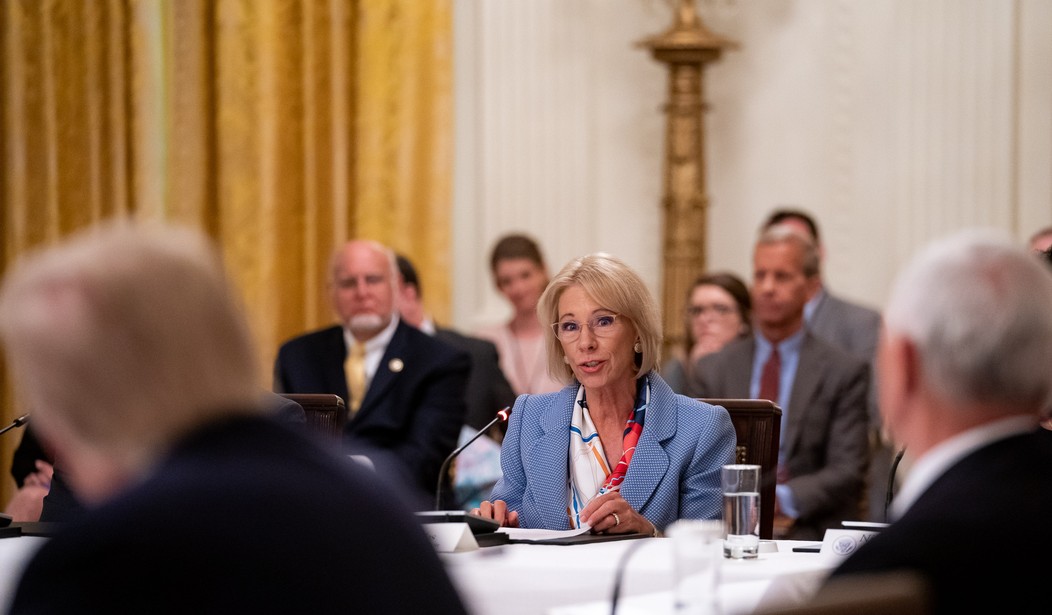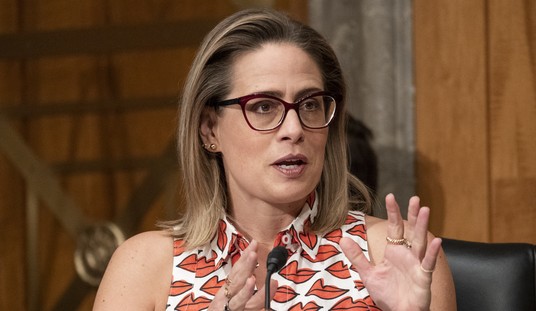It is no secret that the student debt burden in America, now estimated at a cumulative $1.64 trillion, is one of the greatest scandals of a scandal-debauched age. According to Forbes, it is now the second-highest consumer debt category, higher than both credit card and auto loan debt, and behind only mortgage debt. It represents a crisis of national proportions.
Notwithstanding the rosy assumptions we sometimes come across, refinancing is merely a stopgap measure that only marginally relieves the pressure blighting the lives of graduates. Student loan forgiveness, a more dramatic attempt to deal with the problem, comes in several forms, the most popular of which are Public Service Loan Forgiveness and Teacher Loan Forgiveness. These desultory programs are clearly insufficient to address the magnitude of the predicament in which approximately 45 million graduates find themselves encumbered by oppressive university loans and shadowed by the specter of default. By the same token, such provisions come into effect only after 120 qualifying payments and bristling with qualifying conditions.
The Trump administration has proposed an alternative measure. According to Education Secretary Betsy DeVos, “The administration feels that incentivizing one type of work and one type of job over another is not called for. And we have a demand in our over 7 million jobs going unfilled today, and favoring one type of pursuit over another type of pursuit philosophically doesn’t line up with where we are.” The proposed solution is “a single income-driven repayment (IDR) plan,” involving “affordable monthly payments based on… income,” with the balance to be forgiven after 15 years of repayment. While a distinct improvement on current practice, this solution does not go far enough.
Here are the salient facts. Annual tuition fees and assorted costs at the most prestigious colleges and universities range from $70,326 to $75,003. Many students who have paid such prohibitive fees and ancillary expenses for the privilege of graduating into a competitive and remorseless world now find themselves with degrees that may be worth little in the marketplace, stranding them with debt that may never be repaid. How a degree in Gender Studies or Sociology or Critical Race Studies will enable them to make their way in the world and honor their obligations is obviously moot. Others have found paying jobs but are saddled throughout their earning years with crippling liabilities.
At the same time, many of these universities—and in particular the major players in the academic arena—are awash in funds, thanks to federal and state funding for both public and private (for profit) institutions, including the recent upsurge in Pell Grants, amounting to hundreds of billion dollars. Add to this largesse significant alumni donations. Additionally, universities like Harvard, Yale, Stanford, and Georgetown—among others—profit from hundreds of millions in foreign funding in the form of gifts and contracts flowing mainly from China, Russia, Saudi Arabia, and Qatar. These endowments remain “massively underreported.” The universities are floating on a sea of funds, both disclosed and undisclosed.
The disproportion between the plight of indebted students and the hefty emoluments enjoyed by the universities is staggering. Why, then, should these institutions earmark such financial surplus to overpay their professors, far too many of whom are incompetent scholars, “social justice” warriors, redundant feminists, and leftist hacks? Why should colleges devote their resources to hiring intrusive, noxious, and superfluous diversity officers who do inestimable harm to parietal relations, and to lining the pockets of raptorial administrators who eventually retire into obscene, pension-rich comfort? Meanwhile their graduate cohort labors under a crushing, hope-destroying load of unsustainable debt.
American education is a cultural disaster, a socialist racket, a bureaucratic nightmare, and a fiscal shakedown operation with a predatory lien on the future of its graduate population. Perhaps the only way to prevent the continuation of the vicious cycle is to penalize those universities that “sell” expensive and/or expendable degrees, a product that often harms the buyer, a promissory note without the promise. A way must be found to extricate students from the economic and intellectual travesty the university syndicate has inflicted upon them and that compensates students for the damage from which the universities have profited. Debt must be proportionately forgiven, not merely moderated and deferred. It seems reasonable for federal and selective state governments to arrive at a formula whereby a predetermined portion of student debt—30, 40, 50 per cent?—would be waived and the shortfall recouped from university budgets, endowments, and investments. Federal and state authorities would agree to forfeit a percentage of student debt, the deficit to be made up by a levy upon university surplusage.
This policy would have the added benefit of forcing universities to shed unnecessary fat. Salaries would need to be reduced, tenure rethought, diversity and equity personnel pruned away, and golden handshakes turned into bronze. Tuition fees and costs would also need to become prudential in order to avoid what would amount to a fiscal surcharge on future debt redemption. Moreover, in announcing the intent to undertake a program targeting massive debt relief, the president could tap into the millennial and student vote by docking universities for their wastefulness, avarice, and indifference to the future prospects of their graduates, and so affording students and graduates at least partial deliverance from long-term economic distress.
Obviously, an initiative of this nature would be procedurally daunting and financially complex. Some would consider it unworkable, and I am not so naïve as to believe such long-needed legislation would be readily passed. A counter-argument would entail scrapping federal funding of the collegiate system altogether, compelling universities to become competitive by lowering fees, cutting overhead, laying off drones, hiring real teachers and true scholars, and generally husbanding their resources. But this strategy strikes me as even more unlikely. Nonetheless, the proposal itself of partial debt reclamation by bleeding university reserves would be a welcome start to redressing an ongoing inequity, prompting a young, politically hostile franchise toward a reconsideration of its voting habits, and Making America Good Again.
_________________________
David Solway’s most recent book is Notes from a Derelict Culture, Black House, London, 2019










Join the conversation as a VIP Member